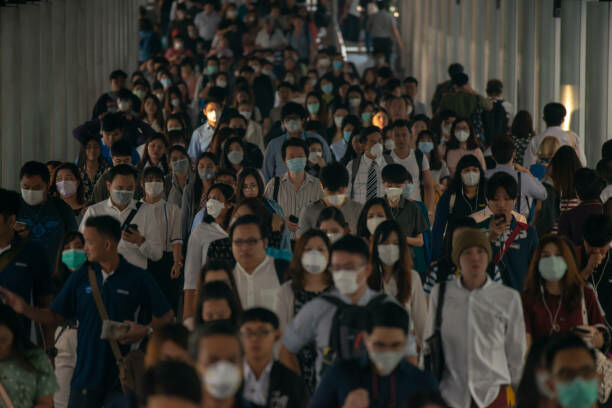JN.1 Omicron sub-variant linked to surge in Thai hospitalisations

The JN.1 sub-variant of the Omicron Covid-19 variant has been implicated in a recent rise in hospitalisations and over 10 fatalities last week. The majority of those hospitalised were elder individuals who had not received a vaccine or booster shots.
The Department of Disease Control (DDC) reported 718 fresh Covid cases last week, yielding a daily average of 102 new cases, with 11 fatalities through to the week ending January 20. This figure presents an increase from the preceding week, which saw an average of 93 new cases daily. The DDC also reported four Covid related deaths that week.
Of the 718 cases recorded last week, 209 patients developed severe pneumonia, and 149 of those required endotracheal intubation. As per the DDC, all the fatalities last week were from the 608 at-risk groups, primarily elder individuals with chronic conditions. Six of the deceased were unvaccinated, while the others had received only two doses of the vaccine, reported Bangkok Post.
The Department of Medical Sciences has identified the Covid variant presently circulating in Thailand as the JN.1 sub-variant of Omicron. The symptoms associated with JN.1 include cough, sore throat, body aches, headache, and runny nose. Health officials have indicated that there is no evidence to suggest that JN.1 is more severe than the original Omicron variant.
The World Health Organization (WHO) recommended on December 5 last year that elder people with chronic conditions or a compromised immune system should receive a Covid vaccine every six to 12 months. This measure aims to reduce the risk of severe illness and death.
The DDC has reiterated that individuals in the at-risk 608 group with cold symptoms and a positive antigen test kit (ATK) result should wear a face mask and seek immediate medical attention. Those infected with the virus can reach out to the DDC for additional information by dialling 1422.
In related news, Thailand detected the JN.1* variant with 40 reported cases. Health officials monitored its rise, replacing XBB as the dominant strain. Vigilance and preventive measures were emphasised.
Latest Thailand News
Follow The Thaiger on Google News:


























